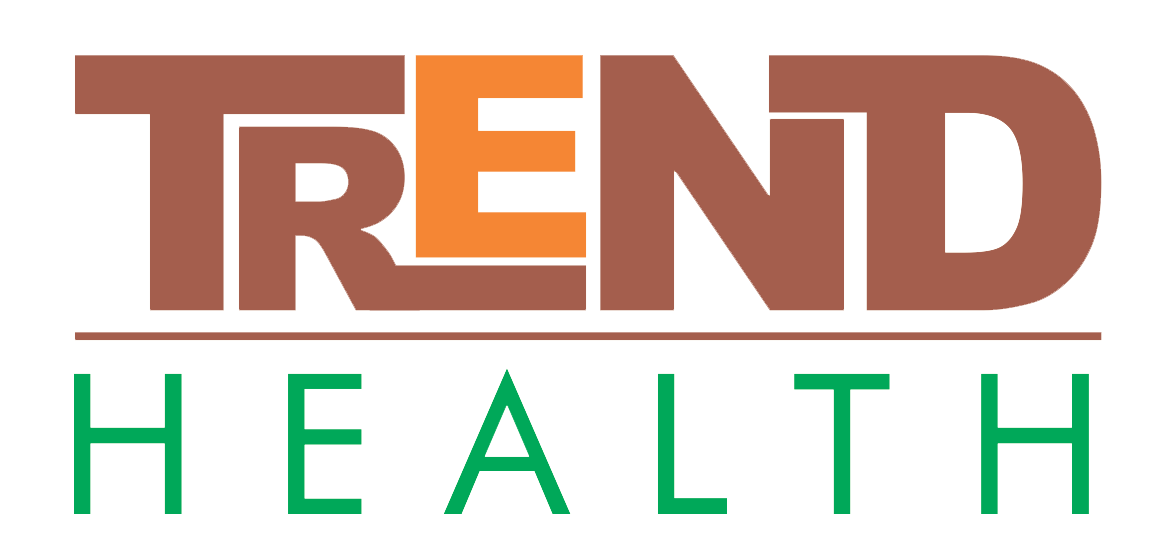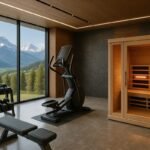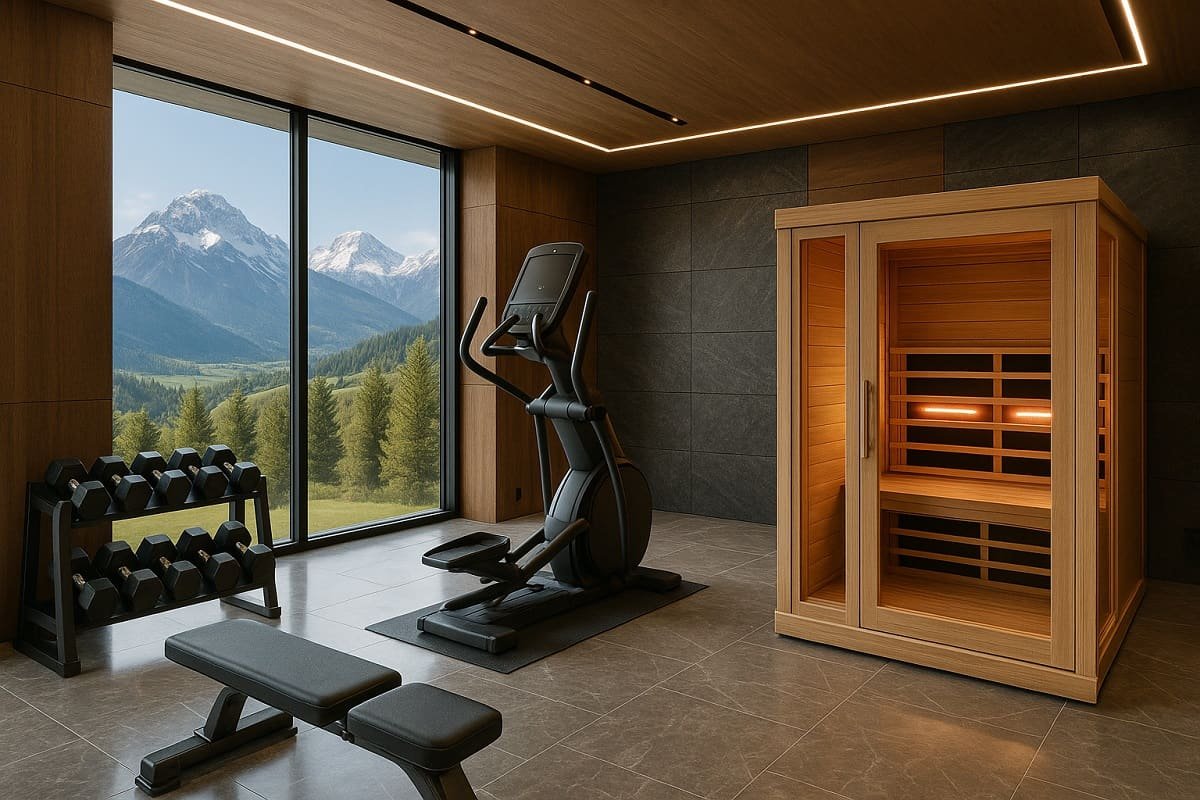When most people think of a Home gym, they imagine weights, treadmills, and maybe a yoga mat in the corner. But high-performing athletes and wellness professionals know that recovery is just as important as training. At Peak Primal Wellness, we’ve seen a growing trend in recovery-focused Home gym designed to help the body repair, recharge, and come back stronger.
Whether you’re an athlete, biohacker, or simply looking to optimize your physical well-being, building a space that prioritizes recovery can completely change your fitness results. Here’s how to create one that mirrors what the pros are doing.
Why Recovery Should Be the Foundation?
Training breaks the body down. Recovery is what builds it back up. Without proper recovery, performance plateaus, injuries increase, and motivation can fade. A dedicated space for recovery promotes consistency and helps you get more from every workout.
Professional Athletes, Wellness Coaches, and high-level performers are now integrating recovery tools directly into their home fitness environments to Create a Complete ecosystem of performance.
1. Start with the Right Atmosphere
Recovery is as much about Environment as it is About Equipment. Lighting, sound, and layout all influence how relaxed and receptive your body becomes.
- Choose calming lighting or adjustable LEDs that support circadian rhythm
- Use essential oils or diffusers to promote parasympathetic nervous system activity
- Add soft flooring or rugs to create a grounded, peaceful space
- Consider playing ambient music or white noise to support deep relaxation
The goal is to shift your nervous system into rest and repair mode every time you enter the space.
2. Infrared Saunas for Deep Healing
Infrared saunas are a cornerstone of modern recovery routines. They use light-based heat to increase circulation, reduce inflammation, and promote detoxification. Sessions can improve sleep quality, relieve joint pain, and accelerate muscle repair.
Athletes often use infrared saunas after training or in the evenings as part of a daily recovery ritual. They also pair well with stretching, meditation, or red light therapy for added effect.
3. Cold Plunge Therapy for Inflammation Control
Cold exposure reduces muscle soreness and helps the nervous system reset. A cold plunge can be as simple as an insulated tub with chilled water or a high-end unit with built-in filtration and temperature control.
Cold therapy offers:
- Decreased inflammation
- Faster recovery from intense sessions
- Improved immune function
- Increased mental resilience
For best results, cold plunges are used after saunas, workouts, or during recovery days to stimulate blood flow and shock the system back to baseline.
4. PEMF Mats and Red Light Therapy
Pulsed Electromagnetic Field (PEMF) therapy supports cellular repair and can help with pain management, stress reduction, and sleep optimization. It’s especially popular among endurance athletes and people recovering from injury.
Red light therapy, on the other hand, enhances mitochondrial function and promotes skin and muscle regeneration. These tools take up minimal space but offer powerful biological effects.
5. Massage Tools and Vibration Plates
No recovery room is complete without a few self-care essentials:
- Massage guns help break up fascia and reduce tension
- Foam rollers and lacrosse balls support mobility and trigger point release
- Vibration plates promote circulation, lymphatic drainage, and neuromuscular stimulation
These tools are excellent for pre-workout priming or post-workout cooldowns, and they’re compact enough to store in a drawer or basket.
6. Integrate Mindfulness and Mobility
Physical recovery is tied to mental recovery. Include a space in your recovery gym for:
- Meditation or breathwork
- Guided mobility sessions
- Gentle yoga or stretching routines
Even five to ten minutes of intentional movement and stillness can accelerate physical recovery by reducing cortisol and improving body awareness.
Tips for Designing Your Space
- Choose a location with natural light or good ventilation
- Separate your recovery zone from high-intensity training areas
- Include storage solutions to keep the area uncluttered
- Use calming color palettes like earth tones, charcoal, or light woods
The cleaner and calmer your recovery space feels, the more likely you’ll use it regularly.
Final Thoughts
If you train hard, you need to recover harder. A recovery-focused home gym is not a luxury—it’s a performance tool. When you incorporate recovery as part of your daily wellness rhythm, you train smarter, feel better, and stay consistent.
By designing a home space with tools like infrared saunas, cold plunges, PEMF mats, and massage equipment, you can unlock a new level of performance and longevity. These are the same tools professionals rely on, now available for your own recovery sanctuary.











